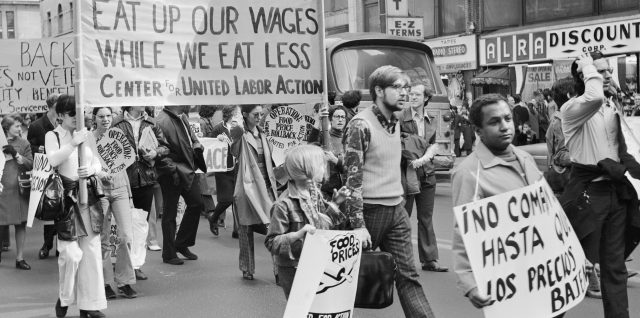Epistemic Externalities: The Academic “Marketplace” Produces Intellectual Arrogance
. Intellectual vices are commonly defined as personal attitudes or character traits that impede effective inquiry. In recent years, there has been increased recognition of the presence and proliferation of such vices globally in academia; however, discussion has been limited regarding the way in which the academic institution actively produces this result in part by incentivizing arrogant attitudes. Arrogance as a vice is defined by Roberts as “a disposition to infer illicit entitlement from a supposition of one’s superiority, and to think, feel, and act upon that claim” (2003, p. 243). Intellectual arrogance is specifically when the premise of Continue reading Epistemic Externalities: The Academic “Marketplace” Produces Intellectual Arrogance

